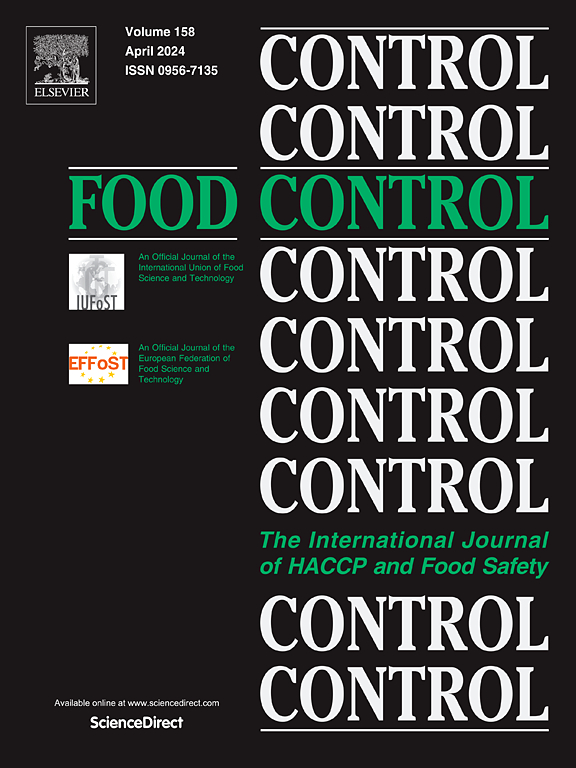Inorganic and organic constituent analysis: A data fusion strategy to differentiate between wines of different origins
IF 5.6
1区 农林科学
Q1 FOOD SCIENCE & TECHNOLOGY
引用次数: 0
Abstract
The authenticity of wine is a significant concern in the global market due to widespread fraudulent activities involving wine origins. In this study, the inorganic and organic constituent profiles of 102 wine samples from five different growing regions were analyzed. Low- and mid-level data fusion coupled with a multivariate analysis approach was applied to three platforms of mass spectrometry data sets using Inductively Coupled Plasma-Mass Spectrometry (ICP-MS), Isotopic Ratio Mass Spectrometry (IRMS), and Ultra-high Performance Liquid Chromatography coupled with Ion Mobility Quadrupole Time-Of-Flight Mass Spectrometry (UPLC/IM-QTOF-MS) to determine the correct classification of wine origin. Significant difference of organic and inorganic compounds from five regions were selected for low- and mid-level data fusion. In the low-level data fusion, Partial Least Squares Discriminant Analysis (PLS-DA) under the positive ionization modes (ESI+) achieved an optimal prediction rate of 74.4%. By extracting features from low-level data fusion for mid-level data fusion, linear discriminant and nonlinear models were established, resulting in an optimal accuracy of 98.7%. The mid-level data fusion multivariate analysis strategy significantly enhanced the accuracy of identifying the geographical origin of wine and presents a new approach for identifying origins in the origin of other foods.

求助全文
约1分钟内获得全文
求助全文
来源期刊

Food Control
工程技术-食品科技
CiteScore
12.20
自引率
6.70%
发文量
758
审稿时长
33 days
期刊介绍:
Food Control is an international journal that provides essential information for those involved in food safety and process control.
Food Control covers the below areas that relate to food process control or to food safety of human foods:
• Microbial food safety and antimicrobial systems
• Mycotoxins
• Hazard analysis, HACCP and food safety objectives
• Risk assessment, including microbial and chemical hazards
• Quality assurance
• Good manufacturing practices
• Food process systems design and control
• Food Packaging technology and materials in contact with foods
• Rapid methods of analysis and detection, including sensor technology
• Codes of practice, legislation and international harmonization
• Consumer issues
• Education, training and research needs.
The scope of Food Control is comprehensive and includes original research papers, authoritative reviews, short communications, comment articles that report on new developments in food control, and position papers.
 求助内容:
求助内容: 应助结果提醒方式:
应助结果提醒方式:


